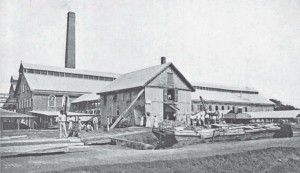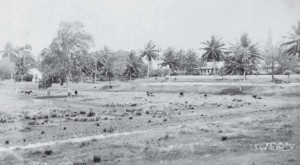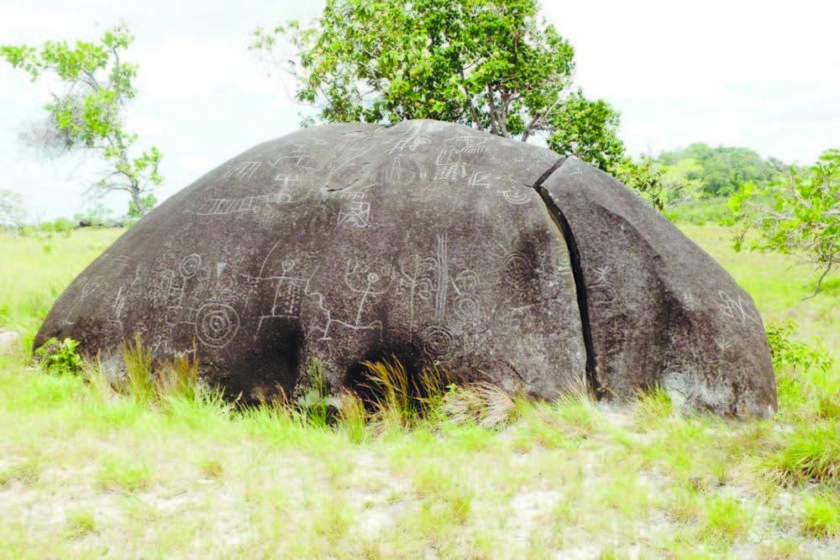
It was also noted in a 1909 report, mentioned by Roopnarine, (2009) that the savings accumulated by the ex-indentured workers returning to India were also gained from other occupations like shop-keeping, money-lending, cow-keeping, and cane-farming.
In the “British Guiana: Report of the Immigration Agent General for the Year 1906-7” there are records of savings taken back from British Guiana to India in 1907 by individuals such as Kaino Singh, a ‘shovel man’ at Enmore Estate who returned to India with $220; a female weeder called Pargasia from Plantation Ruimveldt who took back $360, and Rampersad, a driver from Pouderoyen who returned to his homeland with $1,100.
It has been suggested by several scholars that there were a number of reasons why some ex-indentured labourers returned to India after their contract expired.
Some, it is suggested, returned simply because they wanted to return to their homeland, while others returned because they were no better off and perhaps were even worse, than when they left India.
Others returned because they found conditions on the plantations too harsh to live under, while others experienced some traumatic event that caused them to prefer to return to India.
Several, as noted by some scholars, had arrived as unwilling labourers duped at an Indian port, and just wanted to return home after their contract had expired.
However, there is also evidence of Indian indentured workers using the indentureship system as a way of accumulating finances before finally returning to their Indian villages and families when they had saved enough money to buy land there.




